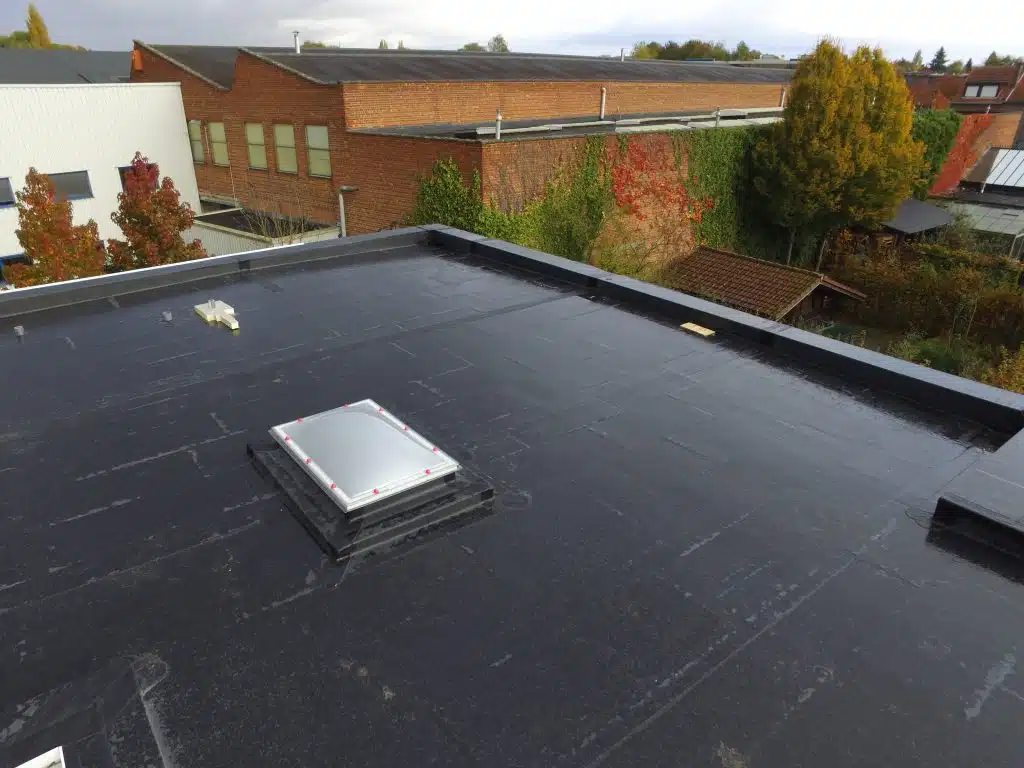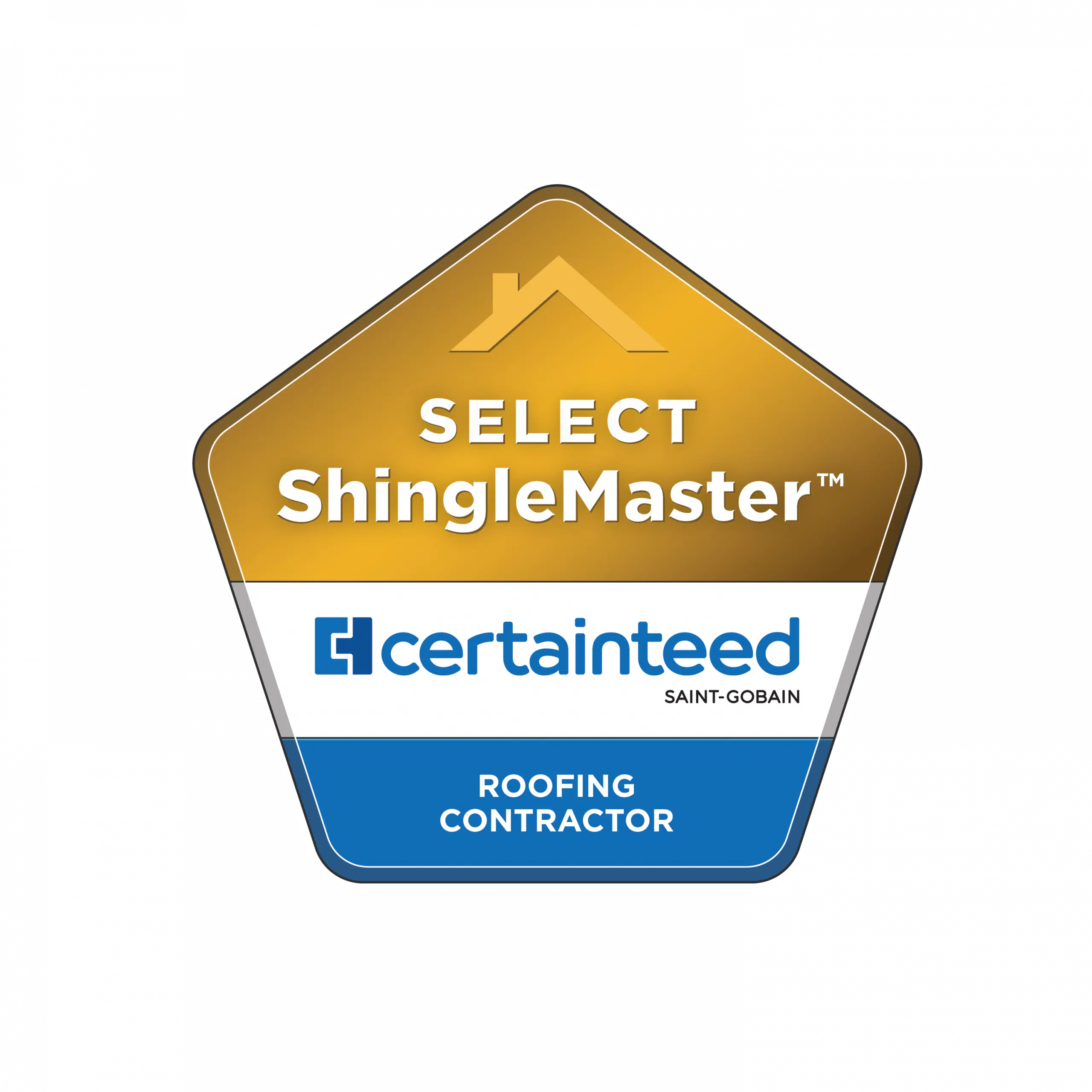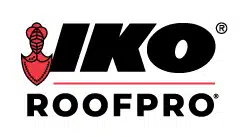
Flat roofs offer aesthetics and utility that sloped roofs can’t always achieve. While they are great for commercial buildings and homes in areas prone to wind and hail storms, one challenge is keeping water from pooling on top of them. This guide reviews flat roof drainage systems to help you decide which one is right for you.
Contents
Why Is Drainage for Your Flat Roof Important?
Flat roofs offer resistance against wind damage, hail and certain pests, but they can also create problems if you don’t know how to care for them properly. One of the biggest problems with having a flat roof is that water doesn’t flow off of it naturally. You need to have a drainage system to keep water from pooling on top of your roof.
What is the best drainage system for a flat roof, though? When considering your options, here are some of the most important goals:
- Keep water from creating ponds on top of your roof, which can add weight to your structure and invite mosquitoes and other bugs.
- Extend the natural life of your roof so that you’re not required to spend as much money on repairs and roof replacements.
- Manage water so it’s not leaking into your home and destroying your property.
Effective Ways to Drain Your Flat Roof
When considering ways to drain your flat roof, remember that your roof’s specifications may determine which method is best for your home or business. Here are the most common drainage systems used today.
Scuppers
Scuppers are the least complicated drainage option and don’t require a ton of maintenance. Flat roofs still have a slight slant toward the edge, and scuppers are strategically placed holes on the outside walls that allow water to run into downspouts and away from your property. The primary concern with scuppers is that they don’t perform as well during the winter and can invite ice dams.
Inner Drains
Inner drains are more expensive, but they’re effective at keeping water from freezing on your flat roof. The drains are located throughout the roof or on the perimeter and draw water into pipes to be carried into your home’s sewer system. Paying more for installation and regular drain inspections are the main drawbacks to this type of system.
Gutters
If you’re looking for an effective drainage system for a home’s flat roof, a gutter drainage system is ideal. It works similarly to traditional gutters, which direct water flow off a roof to downspouts and then away from the house. Your gutters would be located on the perimeter of your roof, and you would simply need to make sure they’re clear of debris and clutter to make them work effectively.
Siphonic Roof Drain
A siphonic roof drain is one of the ways to drain your flat roof if you have a large building. This system uses vacuum pumps to remove standing water on your roof. Due to the expense and way this system works, it’s most appropriate for commercial buildings.
Professional Help for Your Flat Roof Drainage Needs
Are you looking for the best flat roof drainage system for your home or business? It’s important to work with professionals who know how to help you select an option that fits within your budget and works for the size of roof you have. That’s where we come in at Roofmaster. We’ve been helping people find the best roofing options and drainage systems since 1981—contact us today to learn more.









